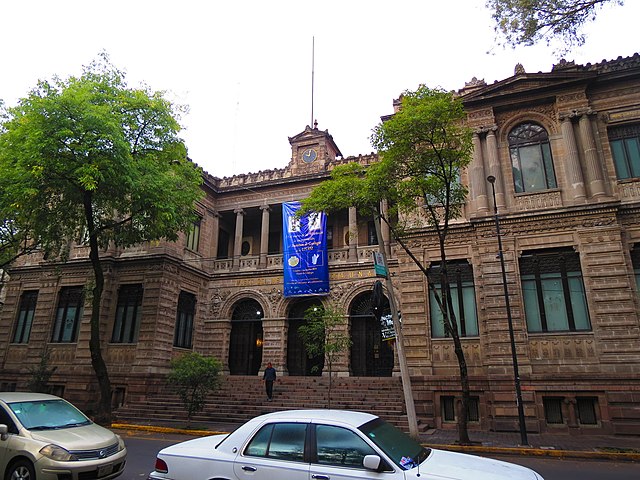
The Museum of Geology began in 1890 under the “Ministry of Development, Colonization and Industry,” and Porfirio Díaz laid the cornerstone for the Beaux-Arts building in the same year.
The museum has had a number of different and similar names over it’s 130 year history, but has been known as it is now, since 1956. In 2003, as part of the 450th anniversary of the UNAM, the museum displayed Isauria, the first dinosaur found and restored in Mexico.
Today, it’s well worth a visit for the original cabinetry, and for the outstanding building. Collections include those in the areas of Paleontology, Minerals, Rocks, and Meteorites. A reconstructed mammoth skeleton is actually a composite of bones from 12 different animals.
For the landscape paintings by José María Velasco, and three stained glass windows, two of them with mining themes, a hydraulic extraction machine and a pump system, it’s a real treat.
The Museum of Geology building facade is just as detailed, with reliefs depicting fossils, reptiles and ammonites beneath the three entrance way arches. On an afternoon in charming Santa Maria la Ribera, this one just ups the charm. It’s a pleasant couple of hours and a real must for architecture, history, and museum aficionados.
We often remember the Porfiriato era as one which attempted to assimilate everything then representing. Seeking a deliberate break with the colonial period, the assimilation period resulted in eclecticism in nearly everything. The original intent of the building was to serve as a research institute.
With offices and laboratories on the first floor, and a scientific museum with permanent exhibition rooms on the lower floors it was a strong success. The building’s facade is carved with volcanic ignimbrite stone from the Los Remedios quarry in Mexico State.
 +52 (55) 5547 3948
+52 (55) 5547 3948
 http://www.geologia.unam.mx/igl/museo/index.html
http://www.geologia.unam.mx/igl/museo/index.html
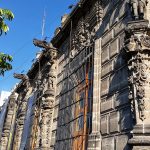
A magnificent feast for the eyes, a school, and a building overflowing with mysterious tales, the House of the Masks is not one to miss.
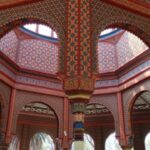
A landmark for a neighborhood has become emblematic of the entire city,
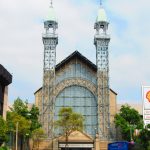
The Museo del Chopo is a lively part of the UNAM University Museum scene, and one well worth looking into!
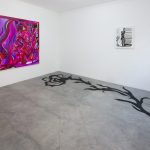
A mainstay in San Rafael's art scene, gallery goers hardly remember the neighborhood without one of its biggest.
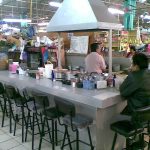
An essential city market, La Dalia has all the right rough edges to fit perfectly into Santa Maria.